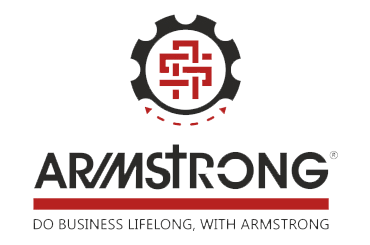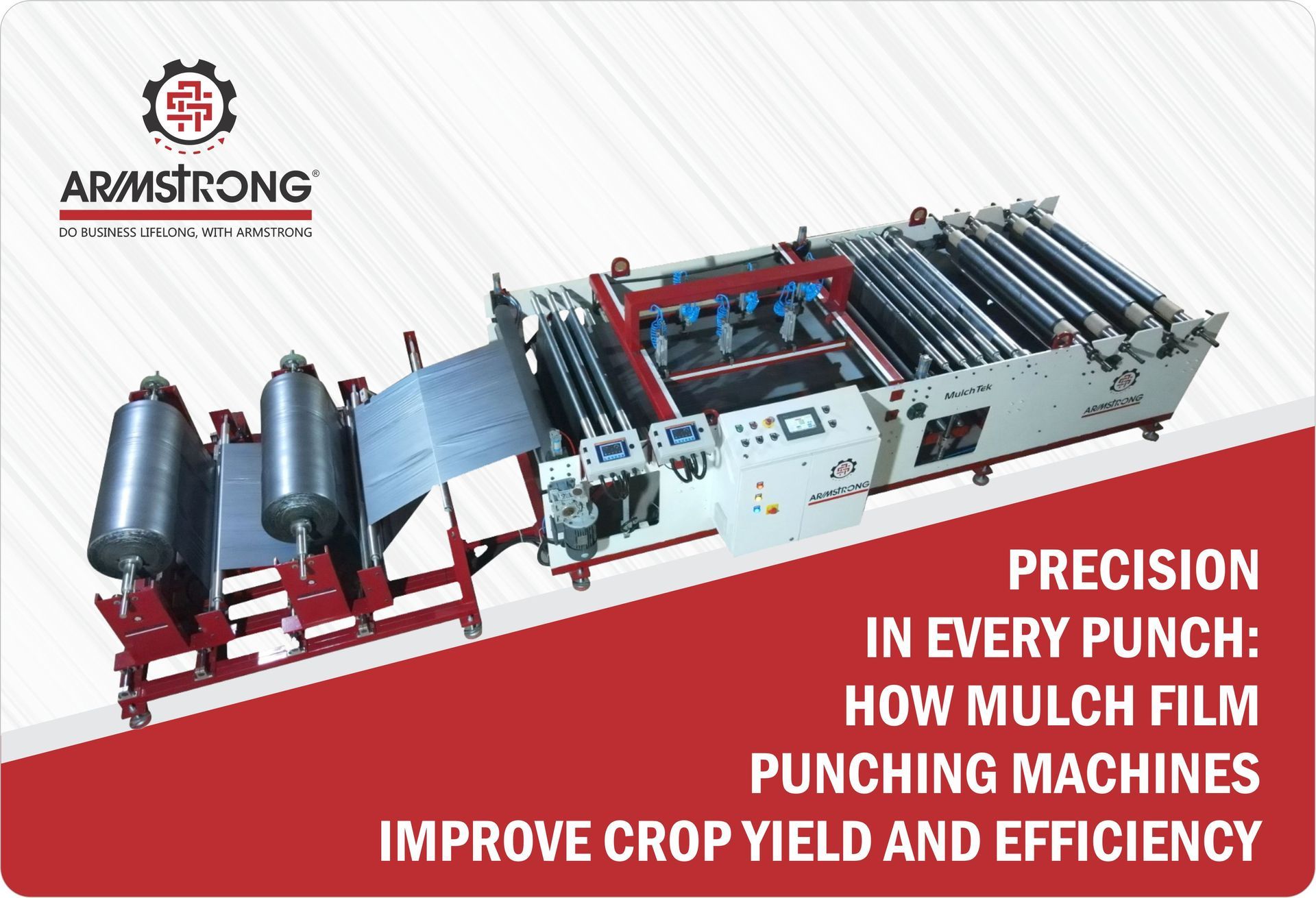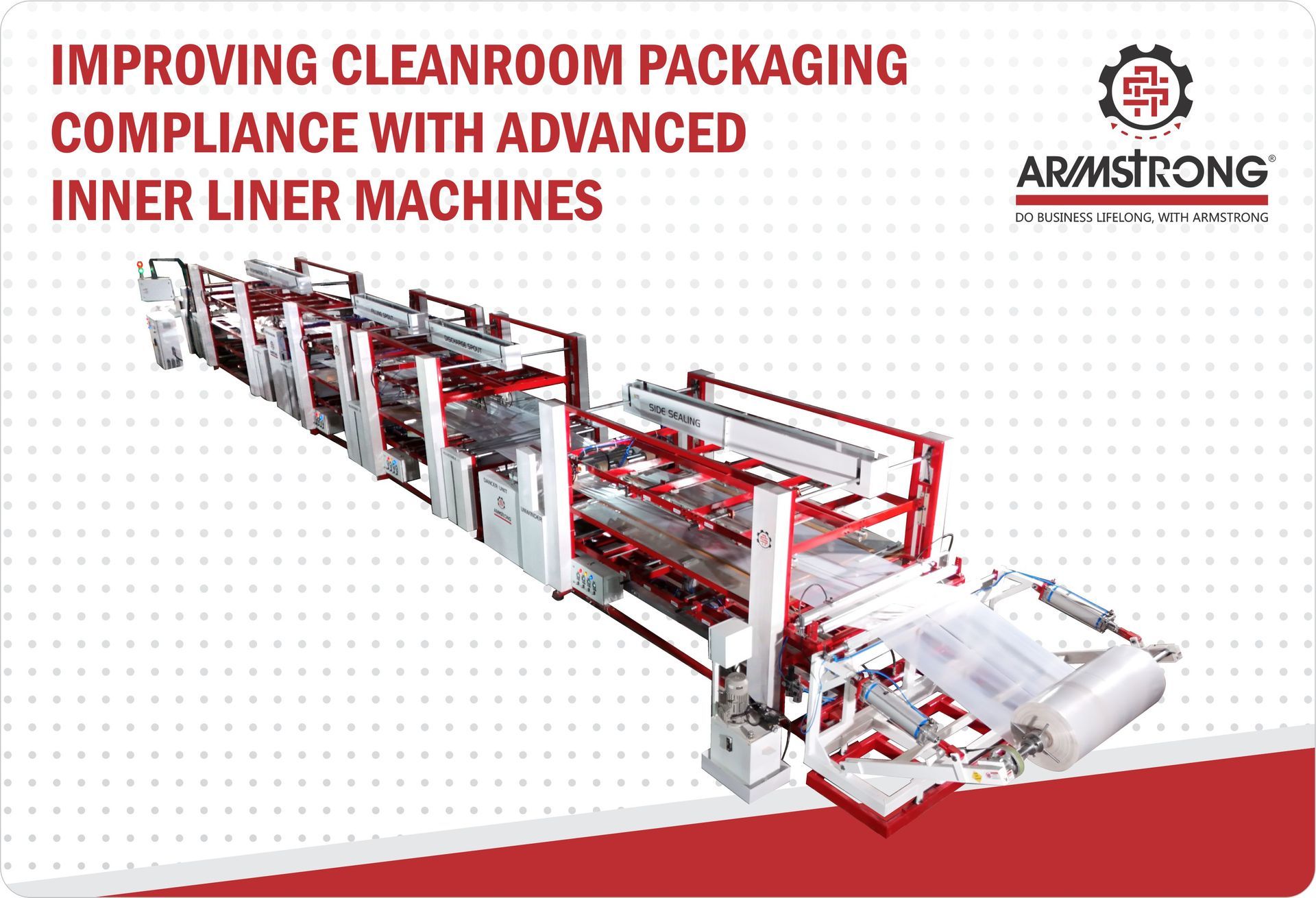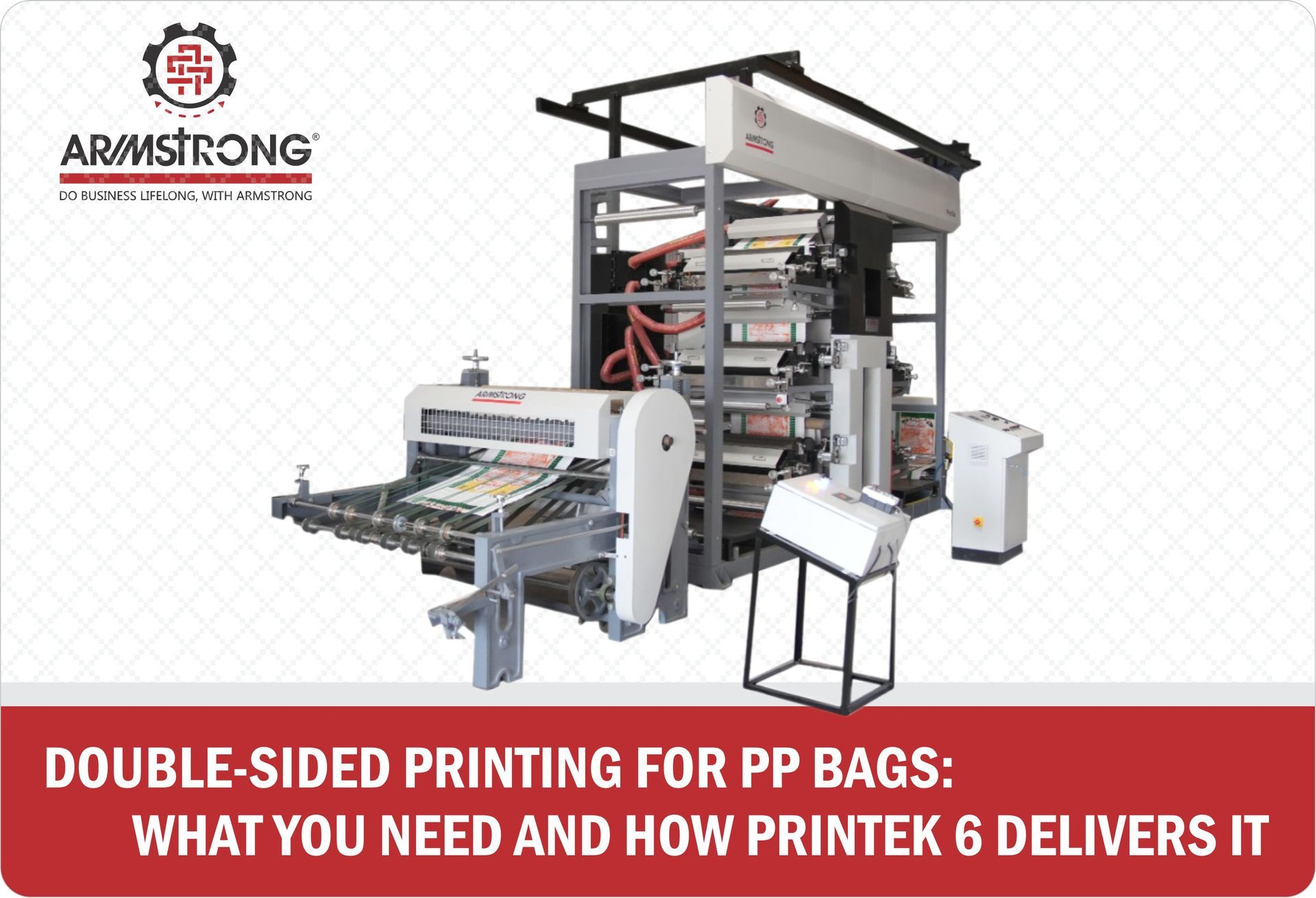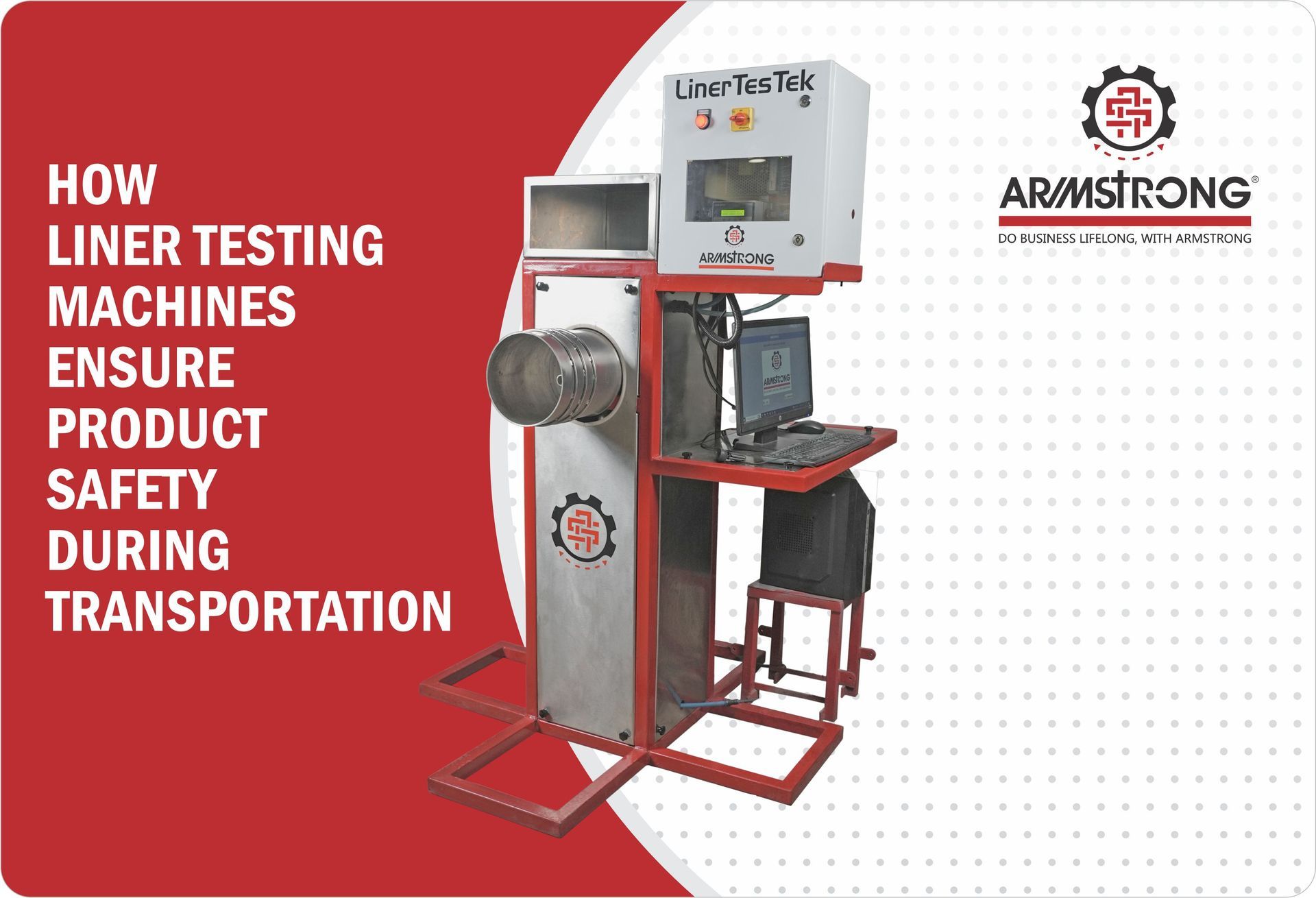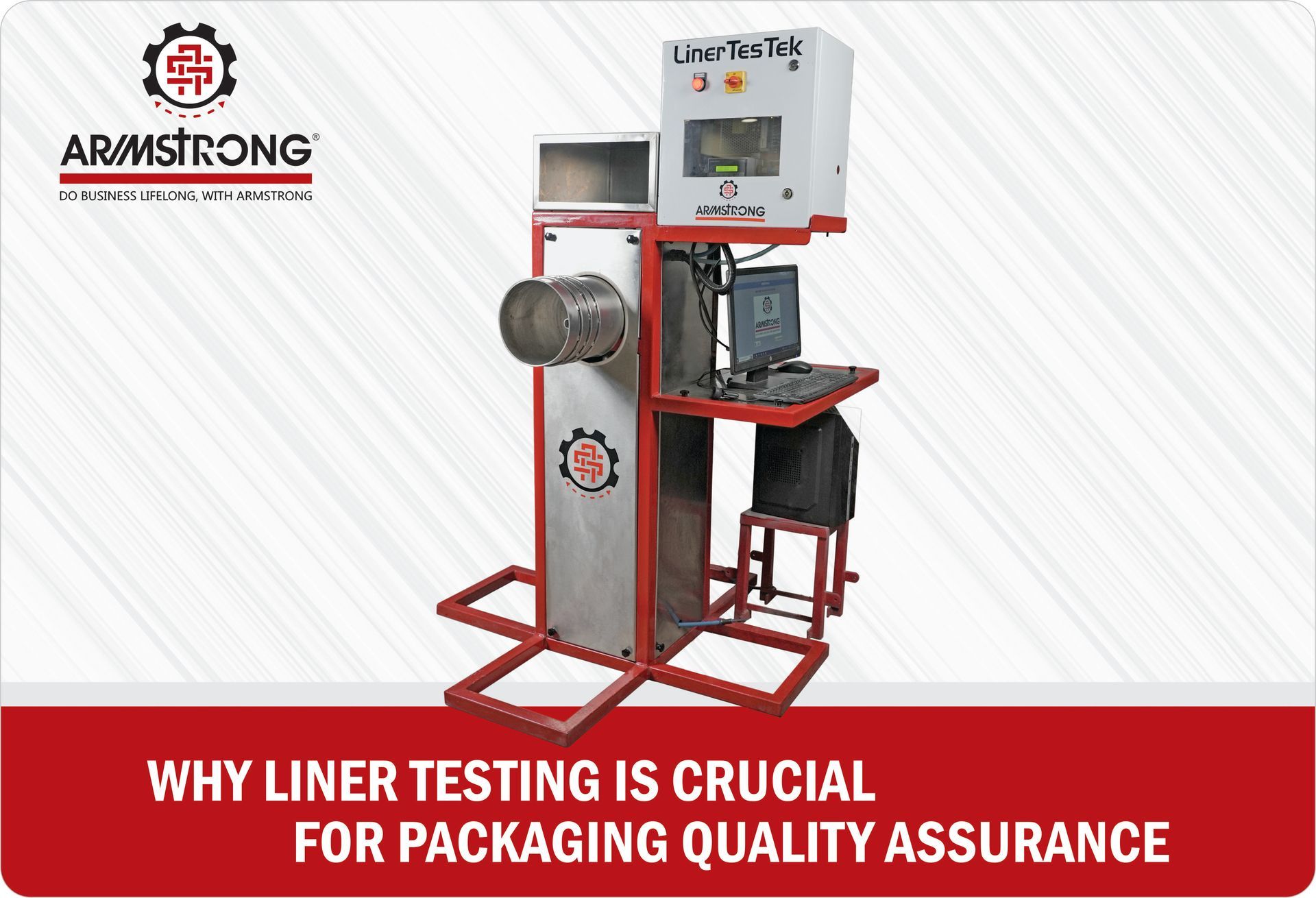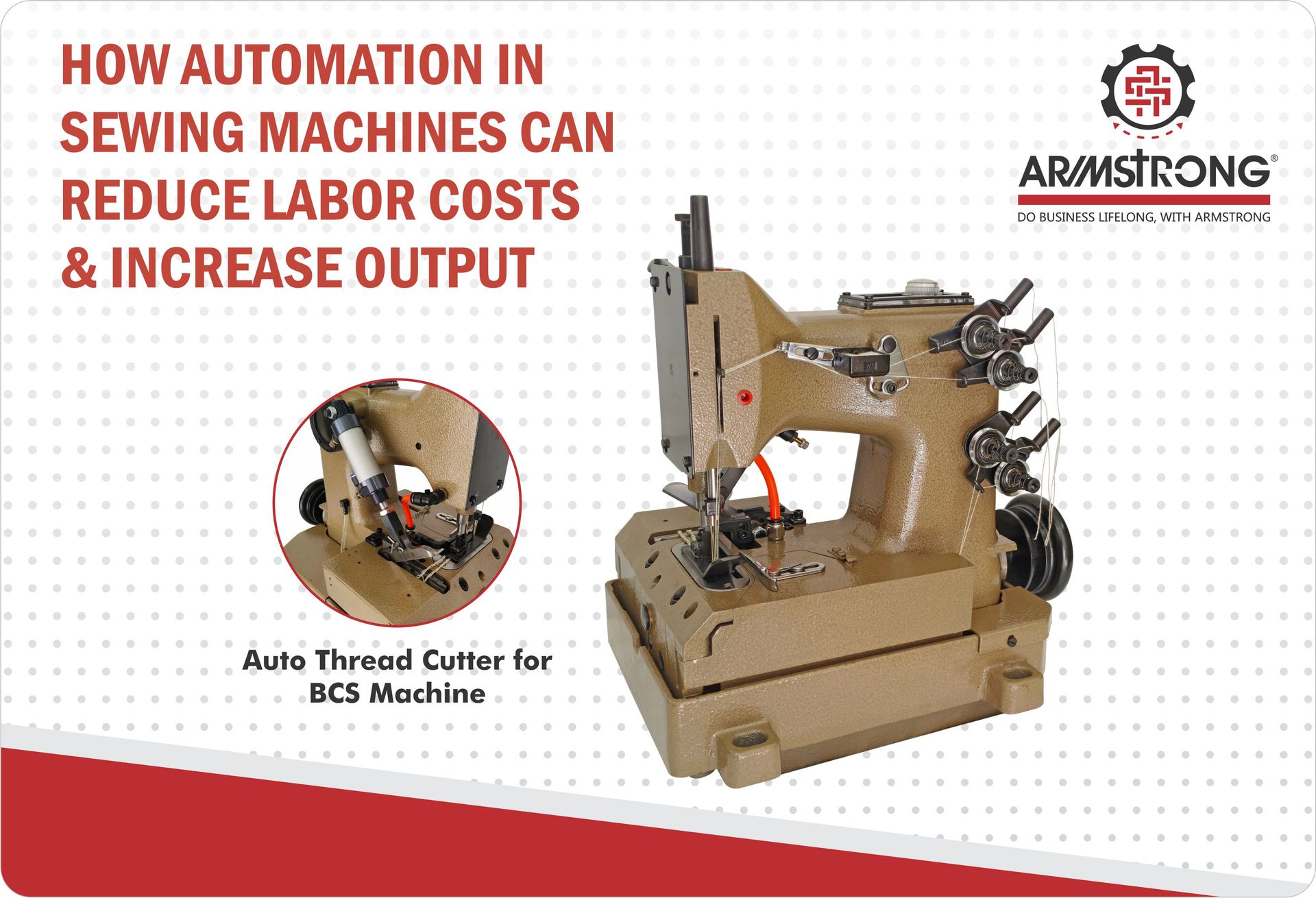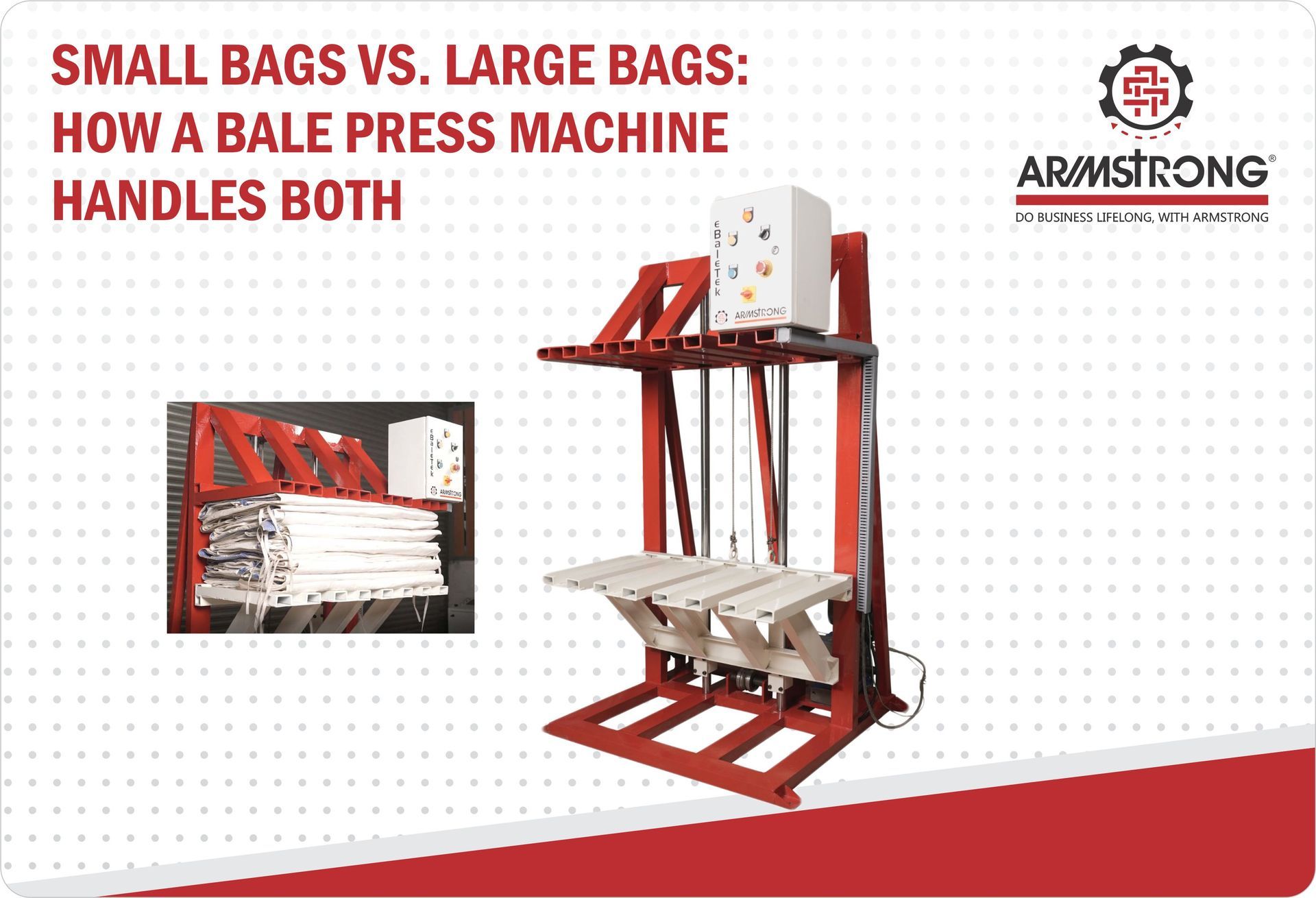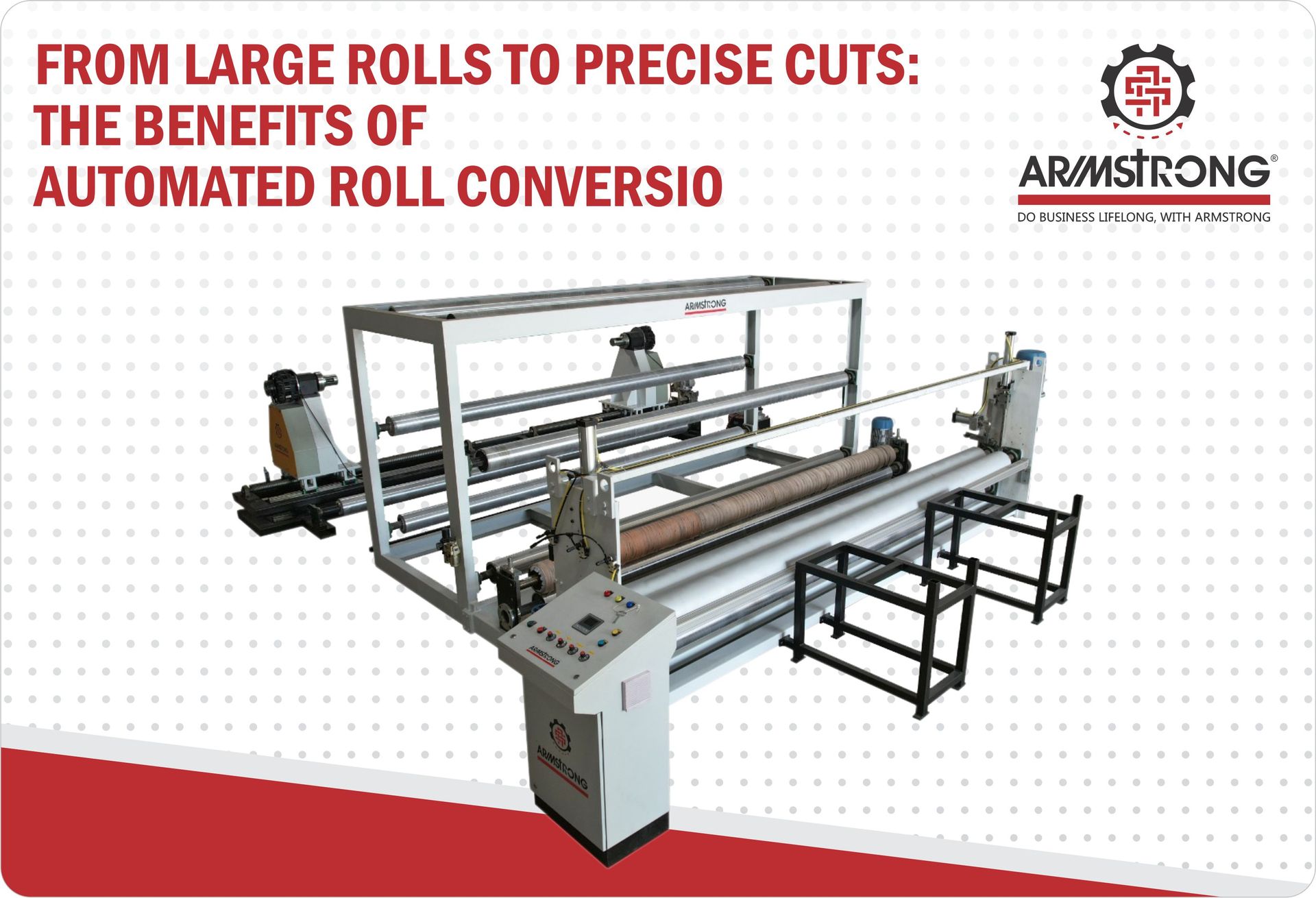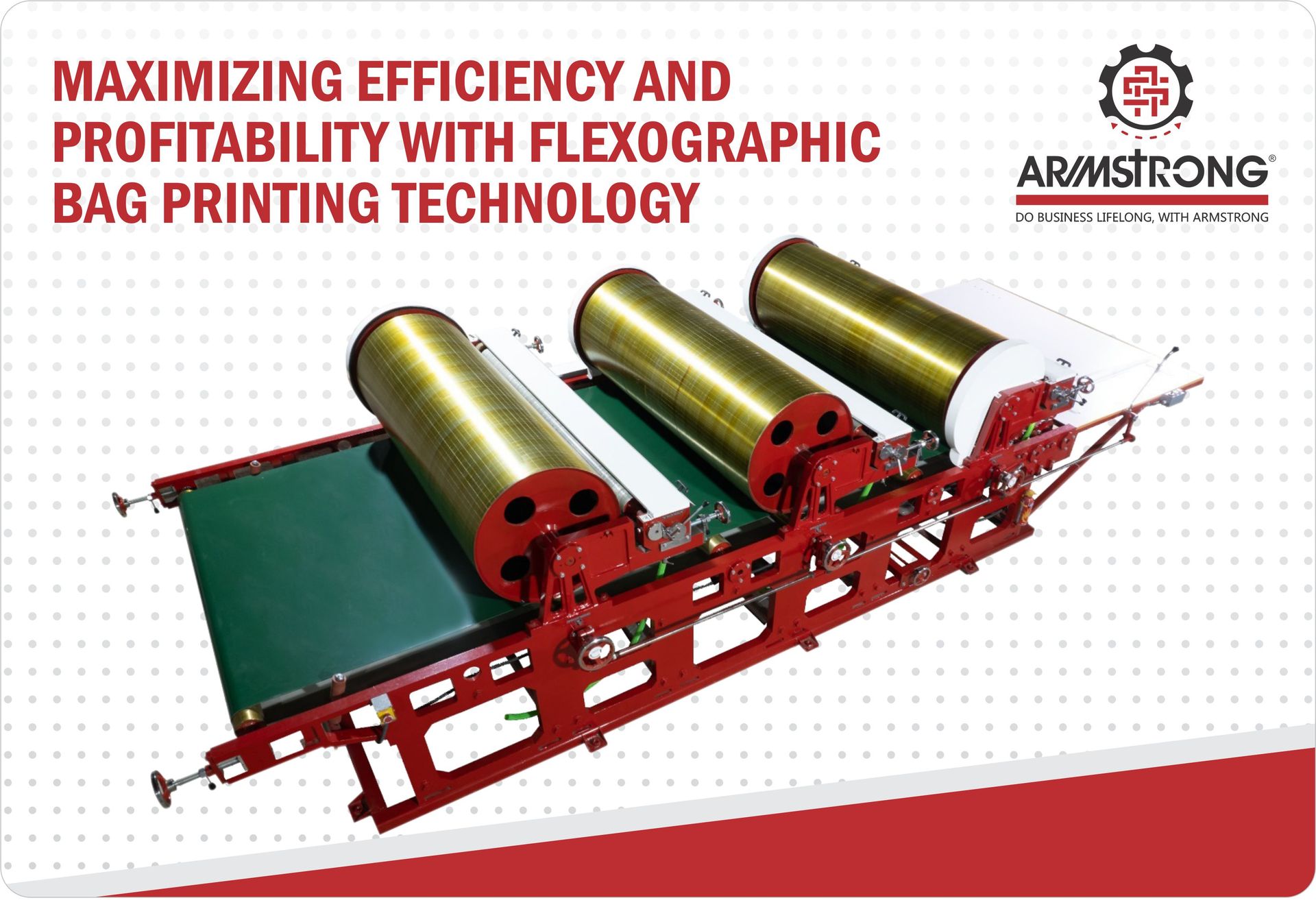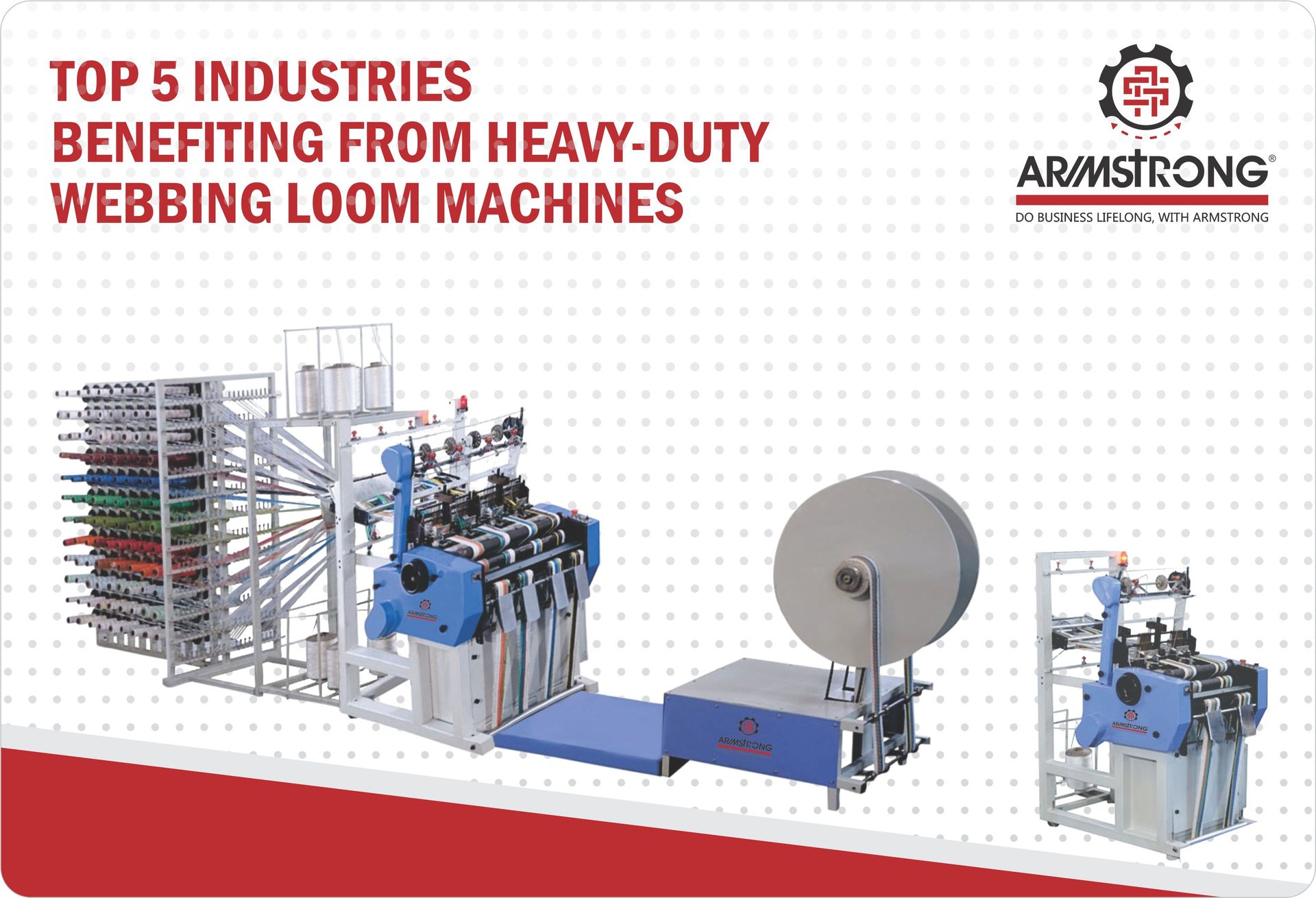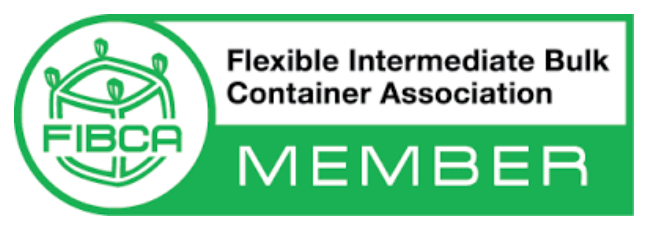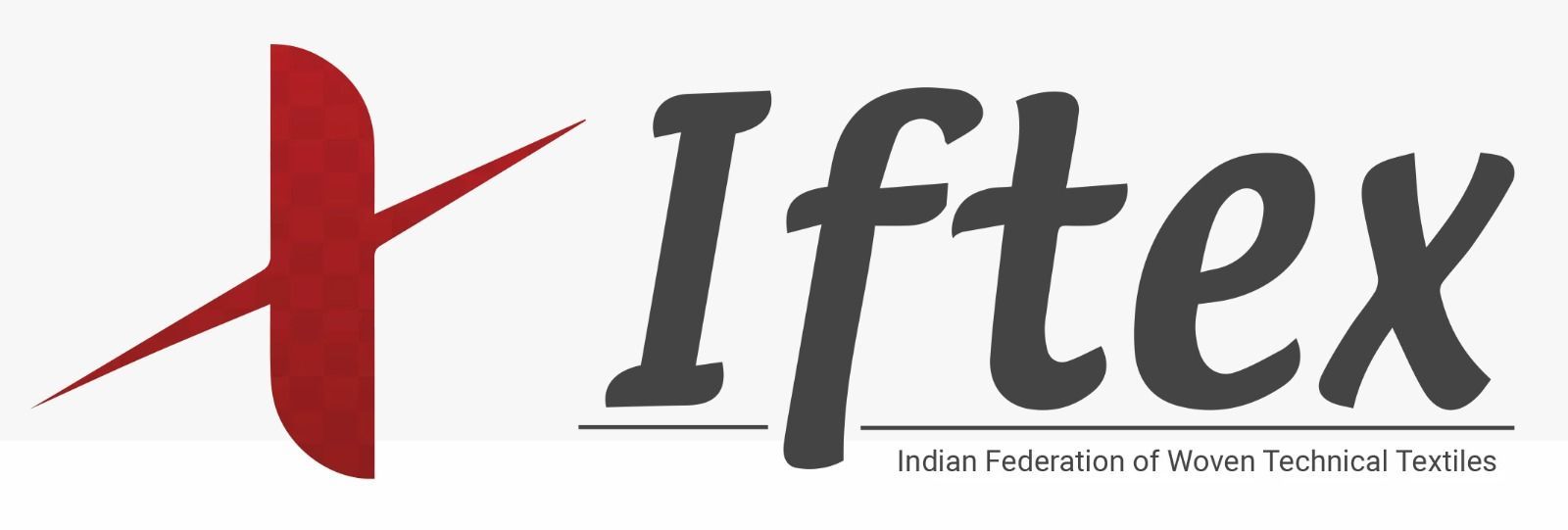Streamlining FIBC Production: The Benefits of the Fabric Reversing
Machine
The Flexible Intermediate Bulk Container (FIBC) sector always looks for new and creative
ways to improve productivity and product quality. The Fabric Reversing Machine is one such
ground-breaking invention. This device is essential to enhancing FIBC production, especially
bag lamination. In this blog, we'll look at the advantages of the Fabric Reversing Machine
and how it's making FIBC production more efficient.
The Fabric Reversing Machine's Function in the Production of FIBCs
FIBCs also referred to as big bags, bulk bags, or jumbo bags are frequently used for bulk
material storage and transportation. The lamination process, which entails adding a layer of
protective material to the inside side of the bag or fabric to increase its durability and
resistance to moisture and other external forces, is essential to creating FIBCs. In the past,
lamination required reversing the bag or fabric through a labour-intensive and
time-consuming manual process that involved several operators.
This critical process is automated by the Fabric Reversing Machine, enabling practical fabric
or bag reversal with less need for personal assistance. This device improves production
process efficiency overall and drastically lowers the labour needed.
Important Features and Benefits of the Fabric Reversing Device
The fabric reversing machine is an indispensable tool for producing FIBCs since it provides
several important features and advantages.
1. Workplace Productivity: In the past, manually reversing the bags or fabric required
four personnel for the fabric reversing procedure. One operator can do the same with
the Fabric Reversing Machine, significantly lowering labour expenses and freeing up
labour for other projects.
2. Increased Rate of Production: The method of automating the reversal of fabric
speeds up manufacturing. As a result, more FIBCs are produced in a shorter time,
satisfying the growing need for bulk packaging options.
3. Increased Consistency and Precision: Human reversal may result in mistakes and
discrepancies. The Fabric Reversing Machine raises the general caliber of the FIBCs
by guaranteeing that the fabric is always reversed precisely and consistently.
4. Flexibility: The machine is a flexible instrument that can be included in multiple
production lines because it is made to handle different kinds of FIBC fabrics and
bags.
5. Easy-to-use Function: With simple controls and little operator training needed, the
Fabric Reversing Machine is made for effortless use. This user-friendly design
ensures a smooth transition from manual to automated procedures.
6. Savings on costs: The Fabric Reversing Machine lowers labour costs and boosts
production effectiveness, which results in significant cost savings. These savings can
be added to the company's other divisions, including R&D or increased
manufacturing capacity.
Increasing Security and Decreased Human Errors
Improving worker safety is one of the many essential features of the fabric reversing
machine, but it is sometimes disregarded. Workers who manually handle huge, heavy
fabrics risk developing repetitive strain injuries and other occupational dangers. The
equipment reduces these dangers by automating the fabric reversal process, guaranteeing a
safer working environment. Additionally, fewer manual errors lead to better final product
quality and less material waste, which support more environmentally friendly manufacturing
techniques.
Combining Advanced Manufacturing Systems
The Fabric Reversing Machine can be easily combined with other innovative manufacturing
processes, making it more than just a stand-alone piece of machinery. This interface allows
manufacturers to monitor and control the fabric reversing process in real-time by tracking
performance indicators, optimising production workflows, and implementing predictive
maintenance plans. The capacity to collect and evaluate machine data facilitates better
decision-making and ongoing process improvement in manufacturing.
Effects on the FIBC Sector
The introduction of the Fabric Reversing Machine has significantly impacted the FIBC sector.
Manufacturers can create high-quality FIBCs faster and cheaply by optimising production
and cutting labour expenses. This helps consumers by giving them better products at
reduced costs while increasing FIBC producers' competitiveness.
Furthermore, the Fabric Reversing Machine's increased accuracy and consistency
guarantee that FIBCs fulfil strict quality requirements, offering dependable and long-lasting
packaging solutions for various industries, including construction, chemicals, agriculture, and
pharmaceuticals.
Conclusion
A significant development in FIBC production technology is the Fabric Reversing Machine. It
is a vital tool for producers trying to maintain their competitiveness in the constantly
changing bulk packaging industry because of its capacity to automate the fabric reversing
process, increase labor efficiency, and improve production speed and precision. Innovations
like the Fabric Reversing Machine will be critical in determining the direction of the industry
as the need for high-quality, reasonably priced FIBCs grows. This will ensure producers can
satisfy customer demands while upholding strict quality and efficiency standards.
